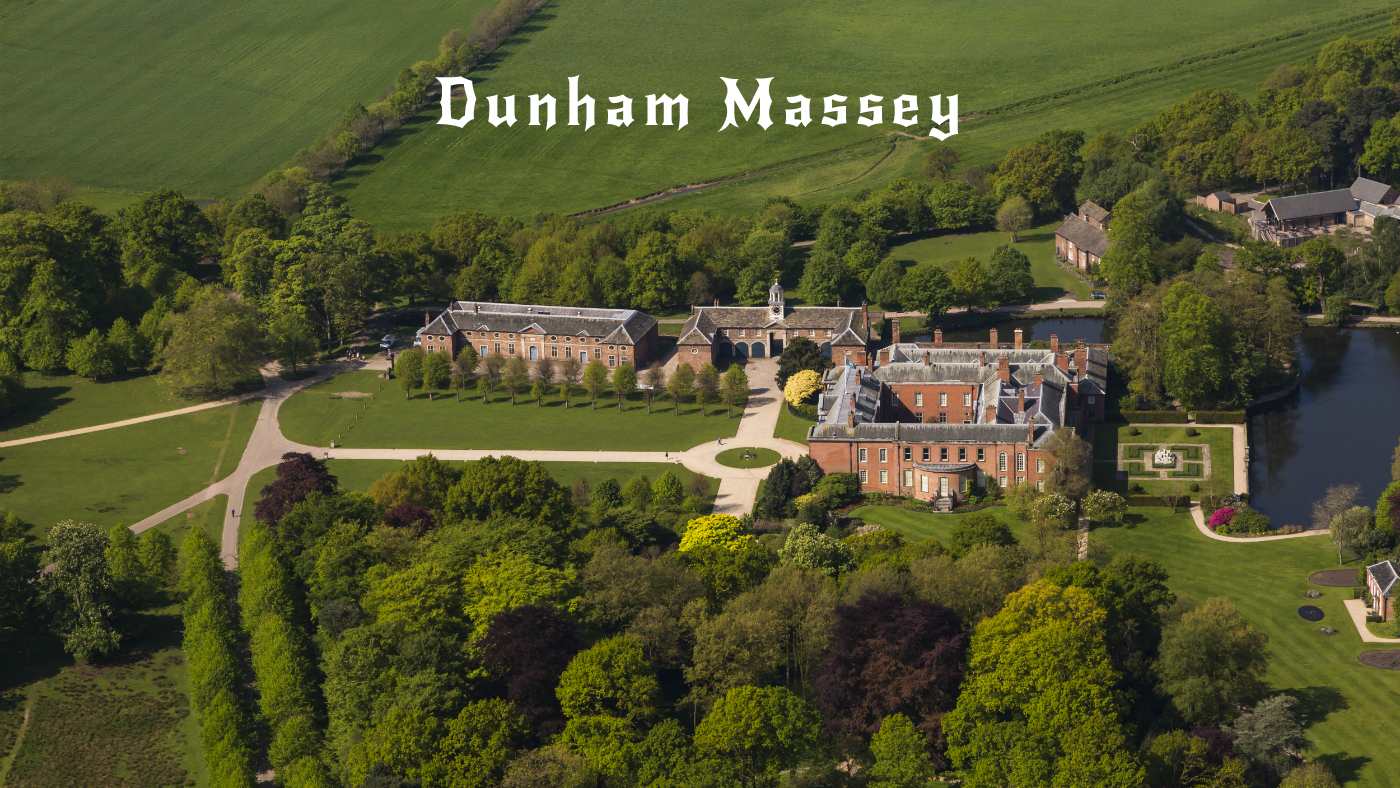
Richard Booth of Stratford, Connecticut, the Debate
There is some doubt regarding the ancestry of the Immigrant Richard Booth of Stratford, CT. Richard was born circa 1606-1609 based upon an affidavit he signed in March 1687/88 giving his age as about 81. He probably married Elizabeth Hawley soon after he arrived in Stratford.
A Booth chart compiled by George Munson Booth claims Richard Booth of Stratford was descended from:
- Sir William Booth of Dunham Massey, County Cheshire (died 1519)
- His son Edward Booth of Twemlow married Ellen Davenport, daughter of John Davenport of Davenport
- His son William Booth of Twemlow, County Cheshire
- His son Edward died 1628
- His son Richard baptized at Great Budworth, Cheshire, England August 1608, who was the immigrant
This pedigree was accepted by the authors of the Beach/Sanford genealogy. In "Families of Old Fairfield", Donald L. Jacobus says "The earlier generations of this pedigree are authentic, but I know not the authority for the connection of this line with Richard of Stratford."
Jacobus investigated the claim and found that, in fact, it had no validity -- the Vicar of Great Budworth found no entry for the alleged baptism of Richard. Instead, Jacobus found at Ilkeston, Derbyshire, marriage and baptisms which could be this family and no burial or probate for Richard Booth himself. Richard Booth of Stratford in an affidavit stated his age as "about 81" on 15 March 1687/8. If born in 1607, he was 34 when his eldest child was born. Discrepancies in the statement of ages were very common at that period, and old people were somewhat given to overstating their ages. Richard of Stratford may have been a little younger than asserted, he could easily belong to the Ilkeskton family.
There is no hard evidence to say this is the same Richard. There is circumstantial evidence however. A John Brooks appeared in Stratford CT by 1685 when he married a widow there and they had an only son who married a granddaughter of Richard Booth of Stratford. Meredith Colket in his book "Founders of Early American Families: Emigrants from Europe", 1607-1657> he appears to accept this pedigree, as he identifies Richard as "from the neighborhood of Ilkeston, Derby, England."
Richard lived in Stratford, Fairfield County, CT, in 1640 and is regarded as one of the founders of Stratford. He was one of the five townsmen of Stratford certifying to the accuracy of the list of freemen of Stratford in 1669, and was a selectman that year. The Beach/Sanford genealogy says his home lot was on the west side of Main Street, the 5th below Bridgeport Road, #29 on the map of Stratford. He also had lands scattered through various parts of the town where they chanced to fall in the divisions by lot. This disconnected state of one's farm lands was characteristic of property in Stratford.
Richard divided his lands among his children during his lifetime and left no will. Last mention of him was in March 1688/1689 when he was mentioned in a land record in which he spoke of "my now wife," a term then used to refer to a second marriage, probably indicating that Elizabeth had died and Richard had remarried.
It is assumed that Richard was buried in the Congregational Church burying ground at Stratford established in 1678. Probably it is near the momument erected by William A. Booth, Esq. and others over the grave of Joseph.
It was somewhat natural in the early days of genealogical study to try to connect Richard Booth with the well-known family of that name in Cheshire but his origin is still a matter of speculation. His brother-in-law, Joseph Hawley, was from Parwick, Derbyshire, and evidence has been found for William Beardsley who came to New England in 1635 in the ship "Planter" with Joseph Hawley, also an original settler in Stratford in 1639. Hence early researchers were more inclined to believe that Richard Booth was a member of the Derbyshire group that first settled in Roxbury, MA than that he came from Cheshire. Certainly the Booth surname is frequently and prominently found in the records of Derbyshire.
The two views on the ancestry of Richard Booth are offered by these two men:
Walter S. Booth in his "Genealogy of the Booth Family of England & the United States, Minneapolis, Minn.", in 1892 is offered a lineal descent to Adam de Boothe, founder of the ancient family of county Lancaster, England. He contends Richard Booth of Stratford can be taken back 15 generations to the Norman progenitor, Adam de Boothe. "Tradition orally transmitted says three brothers, sons of Richard Booth I of Cheshire England, came to the American Colonies between 1630-1640, their father having died in December, 1628. The oldest son, Richard Booth II, settled in Stratford, CT in 1640. The descendants of the brothers were aware of their English origin, and members of the families visited their English cousins at an early date."
Donald L. Jacobus in his "The Genealogy of the Booth Family: Six or More Generations in Connecticut" (1952) refutes Walter S. Booth. "The theories relating to Richard Booth have found acceptance because they have long been in print. No actual evidence has been found to support the theory that Richard descends from Adam de Booth of Lancaster. I am inclined to believe Richard Booth of CT was a member of the Derbyshire group rather than the Cheshire group."
However, in his "The History of the Ancient Parish of Sandbach" By J.P. Earwaker written in 1890 is a Booth pedigree (reproduced here) compiled by John (The Genealogist) Booth in 1618 (a very intelligent and careful collector) covering the 1560 through 1690 time period shows no such line of descent as claimed by George Munson Booth as shown above.
Therefore I have chosen to follow the theory presented by Walter S. Booth by tracing the Booth lineage to Adam de Boothe as progenitor of my branch of the Booth family.